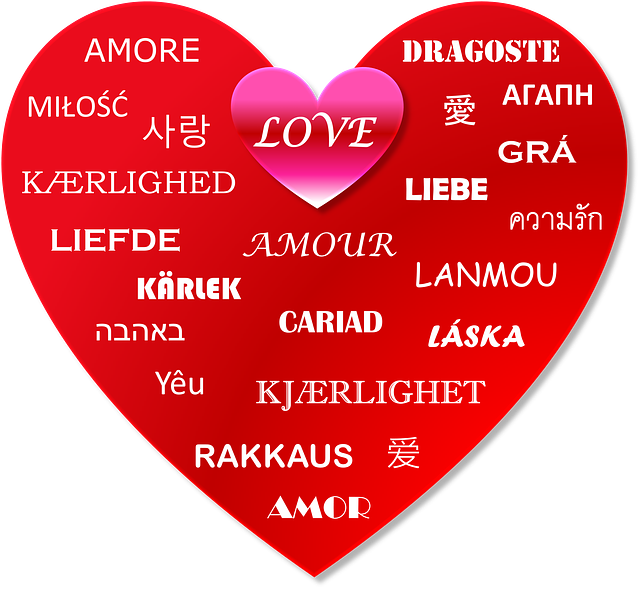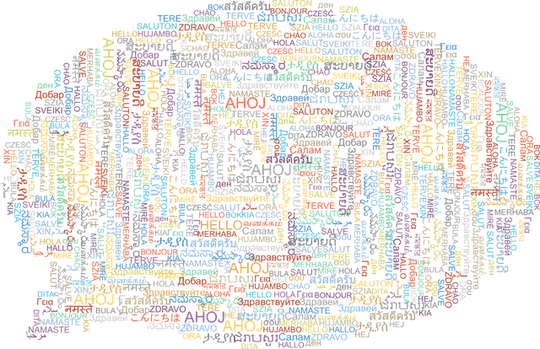How to tell if a document is written in Chinese, Japanese, or KoreanCHINESE VS JAPANESE VS KOREAN LANGUAGE Chinese, Japanese, and Korean all use characters, sometimes they use the same characters. While modern Japanese is a mix of kanji (Chinese characters) and the katakana and hiragana syllabaries, most of the time Korean is written in the Hangul alphabet, although I have seen older Korean documents written with Chinese characters. WHAT DOES CHINESE WRITING LOOK LIKE? Here are some clues to help you differentiate: Chinese characters are, in general, more complex. They look denser. A written Chinese character, whether traditional (Hong Kong, Taiwan) or simplified (China, Singapore), has more strokes than a Japanese or Korean character. WHAT DOES JAPANESE WRITING LOOK LIKE? Look for "no" (の). Look for dots(び). The Japanese language uses Chinese characters (kanji) and it uses two syllabaries (kana) of characters with only a few strokes. A Japanese document will contain multiple occurrences of the character “no” (の) which means “of” or denotes possession. So, glance through the document, do you see の scattered throughout? Then, it’s Japanese. Double dots also appear frequently, e.g., グ and ガ and ド. WHAT DOES KOREAN WRITING LOOK LIKE? I look for ovals. The Korean language has its own phonetic writing system, sometimes described as an alphabetic syllabary, and an oval shape appears frequently, for example, 여 and 우 and 으 and 어. You won’t see these oval shapes in Chinese. When you see a oval or circle shape in the Japanese language, it is a small circle パ. MORE EXAMPLES 敏捷的棕色狐狸跳過了懶狗 (traditional Chinese) 敏捷的棕色狐狸跳过了懒狗 (simplified Chinese) 빠른 갈색 여우는 게으른 개를 뛰어 넘는다 (Korean) 速い茶色のキツネは怠惰な犬を飛び越える (Japanese) WHAT ABOUT OTHER LANGUAGES AND OTHER WRITING SYSTEMS? จิ้งจอกสีน้ำตาลอย่างรวดเร็ว (Thai) cáo nâu nhanh (Vietnamese) хурдан бор үнэг (Mongolian) быстрая коричневая лиса (Russian) γρήγορη καστανή αλεπού (Greek) الثعلب البني السريع (Arabic) שועל חום מהיר (Hebrew) ፈጣን ቡናማ ቀበሮ (Amharic) Still have questions?
Write me at https://www.integrativetranslations.com/contact.html. I will look at your document and let you know.
0 Comments
|
�
AuthorKerilyn Sappington is the founder of Integrative Translations, which specializes in the Chinese to English translation of topics in conventional and complementary medicine. Archives
August 2022
Tags
All
|


